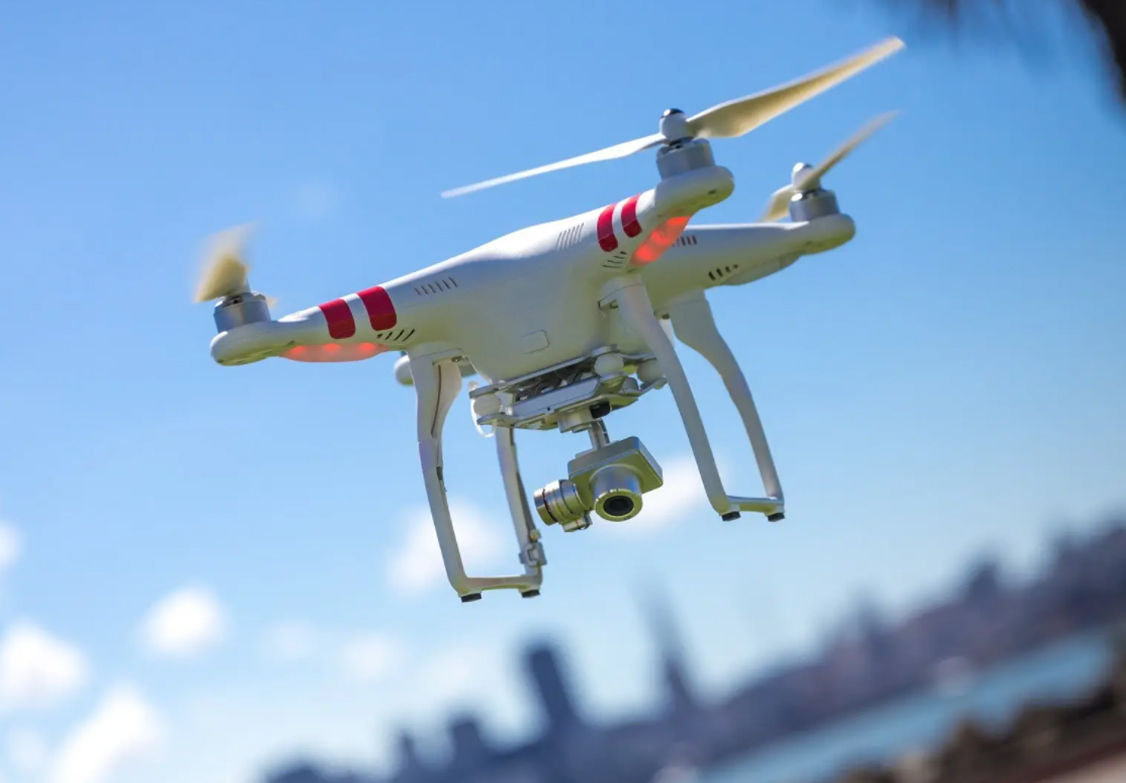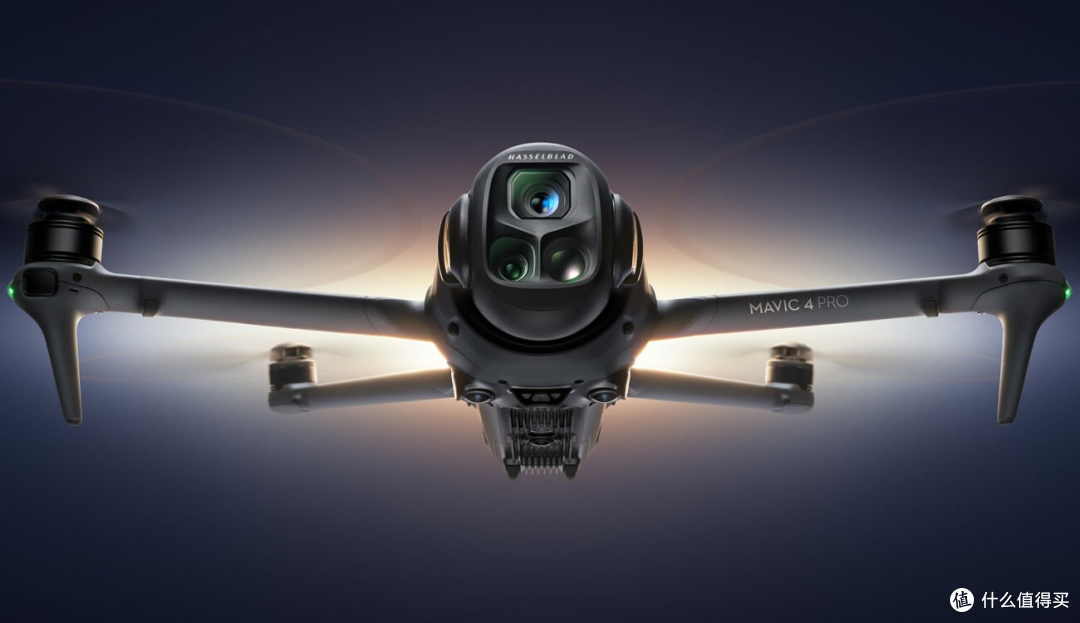In recent years, drones with infrared cameras have revolutionized the field of aerial surveillance, offering unprecedented capabilities and detailed insights, impossible to achieve with traditional methods. The sophisticated technology integrated into these drones has made them indispensable tools in various industries, from law enforcement to agriculture.
Drones equipped with infrared cameras allow operators to detect thermal signatures effectively, providing vital data that can be used to identify energy losses, monitor wildlife, or even locate individuals in search and rescue missions. The advanced sensors can cover large areas quickly, making them ideal for large-scale operations and disaster response scenarios where time is of the essence. The infrared technology captures heat patterns seen in stark contrast compared to their surroundings, offering a bird’s-eye view of areas invisible to standard cameras.
The versatility of drones with infrared technology is a game-changer; they provide enhanced surveillance without sacrificing the mobility drones are known for. This innovation allows them to operate in diverse environments, whether over bustling urban centers or expansive rural landscapes. The operator benefits from real-time data, which can be analyzed to make quick decisions critical in dynamic situations.
Applications Across Various Industries
 Industries across the board have embraced the unique capabilities of drones equipped with infrared cameras. In agriculture, farmers use these drones to monitor crop health through thermal imagery, identifying stress points that could be related to diseases, pests, or water shortages. The data gathered ensures targeted interventions that can enhance crop yield and efficiency.
Industries across the board have embraced the unique capabilities of drones equipped with infrared cameras. In agriculture, farmers use these drones to monitor crop health through thermal imagery, identifying stress points that could be related to diseases, pests, or water shortages. The data gathered ensures targeted interventions that can enhance crop yield and efficiency.
Meanwhile, in construction and infrastructure, infrared drones assist in inspecting buildings and bridges, showing thermal variances that may indicate structural issues or insulation problems. This precise and non-intrusive method saves both time and resources, highlighting potential hazards before they escalate.
Law enforcement agencies capitalize on infrared drones for surveillance and reconnaissance. These drones can discreetly scout locations, gather intelligence, and provide critical insights during tactical operations. The ability to operate in low visibility conditions, such as night or adverse weather, means operations can continue around the clock without compromising on efficiency.
Technological Advancements
The steady advancement in infrared camera technology has resulted in drones capable of capturing high-resolution thermal images at lower costs. Innovations in battery life and flight algorithms have extended the operation time, ensuring prolonged missions that cover broader areas.
Modern drones are also equipped with AI integration, which furthers the analytical capabilities of infrared data. Operators can now automate the analysis process, predicting patterns and anomalies with machine learning models, resulting in more accurate and timely responses to the collected data. These technological breakthroughs significantly reduce the learning curve for new users, making it easier to understand and deploy drones in their respective fields.
Despite the multitude of benefits, there’s still an ongoing conversation about privacy concerns associated with drones, especially those outfitted with advanced sensors like infrared cameras. Balancing the need for surveillance with privacy rights remains a topic of debate and regulatory scrutiny.
Another technical challenge lies in adverse weather conditions and obtaining consistent image quality under fluctuating temperatures. The varying environmental factors can occasionally distort infrared readings, requiring skilled operators to interpret the data effectively.
- How do infrared cameras on drones work?
- Infrared cameras detect heat emitted by objects and convert it into an image displaying temperature variances. This technology allows drones to visualize the thermal landscape of the terrain they oversee.
- Can infrared drones be used at night?
- Yes, infrared drones are particularly effective at night, as they can detect heat emissions regardless of lighting conditions, making them useful for both day and nighttime operations.
- What are the limitations of infrared cameras on drones?
- While effective, infrared cameras can sometimes be influenced by environmental conditions such as rain, fog, or drastic temperature changes, which may affect the quality of the thermal imaging.
